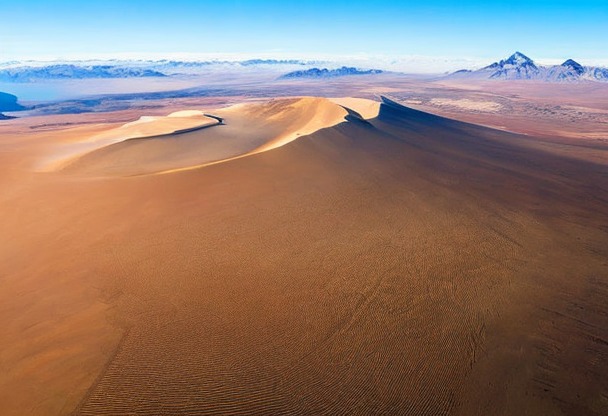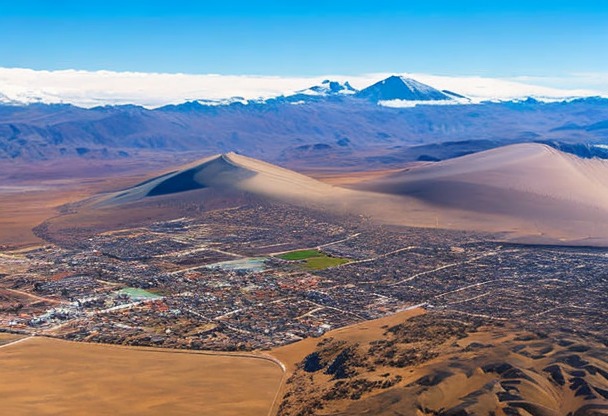Best time to travel to Bolivia
Choosing the right time for your trip to Bolivia can make all the difference. It's important to consider climatic elements, seasonal events and peak tourist periods to maximize your travel experience.

Location
Climate
Understanding Bolivia's climate
The climate in Bolivia varies according to region and altitude. There are two main seasons: the dry season and the rainy season.The dry season
Generally running from May to October, the dry season is marked by sunny weather and pleasant daytime temperatures. Nights can be cool, especially in high-altitude areas such as the Altiplano. This is the ideal time for outdoor activities such as hiking and wildlife observation.The rainy season
From November to April, Bolivia experiences a fairly intense rainy season, especially in the tropical eastern regions of the country. Rainfall is less frequent and less abundant on the Altiplano, but can make travel difficult. Temperatures are generally higher during this period.Major cultural events and public holidays
Bolivia has a rich cultural heritage and many festivities take place throughout the year. Here are some of the must-see events not to be missed during your stay in Bolivia:- Oruro Carnival Oruro: This exceptional event, which takes place every February or March, is included on UNESCO's list of the world's intangible cultural heritage. Thousands of dancers and musicians gather to parade through the streets of Oruro during this colorful event.
- Holy Week This religious celebration takes place in March or April, depending on the liturgical calendar. Numerous processions and other religious events are organized throughout the country, particularly in the cities of Potosí and Sucre.
- Feast of the Virgen de Copacabana Copacabana: Held in August in honor of Bolivia's patron saint. The town of Copacabana, on the shores of Lake Titicaca, welcomes thousands of pilgrims to celebrate this festival.
- La Dia de los Muertos : On November 1 and 2, Bolivia celebrates All Saints' Day and the Day of the Dead. Cemeteries are decorated with flowers and families gather to honor their ancestors.
- Christmas Easter: This is a very important festival in Bolivia, where the majority of the population is Christian. Numerous masses and processions take place throughout the country during this period.
- New Year's Day (January 1)
- Fatherland Day (August 6), celebrating Bolivian independence.
- Work Day (May 1st)
- Americas Day (October 12)
Low and high tourist season in Bolivia
Tourist numbers in Bolivia vary according to season and region.High season (May to September)
High season corresponds to the dry season in Bolivia, with a peak between June and August. The pleasant temperatures and sunny weather attract many travelers. Prices for accommodation and activities can be higher during this period. It is therefore advisable to book in advance to guarantee availability and benefit from the best rates.Low season (November to March)
The low season coincides with the rainy season in Bolivia, which can make some activities and travel more difficult. However, the landscape is often greener and some tourist sites less crowded. Accommodation prices can be more affordable during this period.Insurance
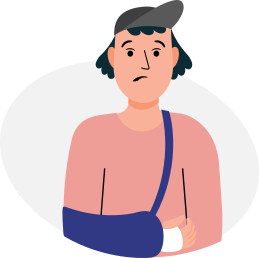
Your credit card does not cover you in all situations, that is whyIt is essential to take out insurance before you leave to avoid any unpleasant surprises. If you need to see a doctor or be hospitalized, in some countries, medical costs are very high and you will then find yourself having to pay several thousand euros.
Our partner Chapka Insurance proposes the contract CAP ASSISTANCE 24/24 with many essential guarantees.
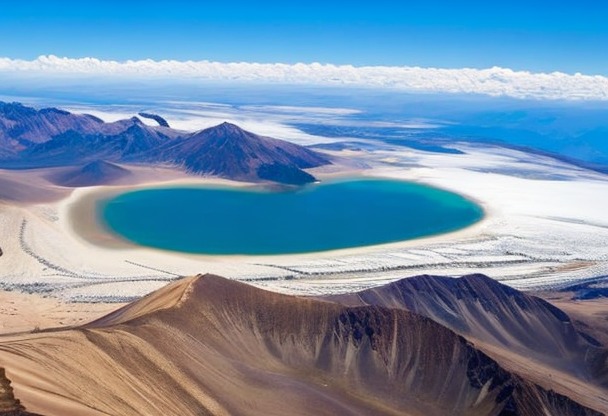
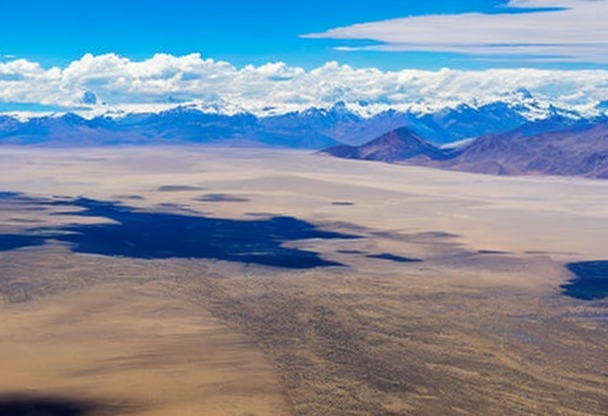
Flights

Your flight has been cancelled or delayed ?
You may be eligible for a compensation of up to €600 ! For this, lawyers are responsible for handling your claim with the airline and are only paid when the reimbursement is effective.
In conclusion, no financial risk for you, only advantages!
Statistics on immigration to Bolivia
Bolivia is a country that, in recent years, has seen a significant increase in the number of immigrants. According to data provided by the National Statistics Institute (INE), the total number of foreigners residing in Bolivia rose to over 120,000 in 2020.Breakdown of immigrants by origin
Immigrants to Bolivia mainly come from neighboring countries or from the region. They include :- Argentinians, who account for around 25 % of the immigrant population;
- The Brazilians, with nearly 20 %;
- Peruvians, who make up around 15 % of immigrants;
- Colombians account for almost 10 % of this population.
Factors influencing immigration to Bolivia
Several factors can explain this increase in the number of immigrants to Bolivia. These include :- A growing economy, offering better work and business opportunities;
- Access to high-quality, affordable education for foreigners;
- The country's natural beauty and cultural diversity attract large numbers of tourists and temporary residents.
Most popular visas in Bolivia
As far as visas are concerned, there are several types of document enabling foreigners to stay legally in Bolivia. The most commonly requested are the following:Tourist Visa
The tourist visa is the most popular document for foreigners wishing to visit Bolivia for a limited period. According to official figures, it accounts for around 50 % of visas issued each year. It authorizes the holder to stay in the country for a maximum period of 90 days over a rolling year.Work visa
Work visas are also in high demand, especially from nationals of neighboring countries who come to Bolivia in search of better job opportunities. It accounts for around 30 % of visas issued each year, and allows the holder to work legally in the country for the duration of the validity of the work contract.Student visa
This type of visa is for foreigners wishing to study in Bolivia. Students represent a significant proportion of immigration, not least because of the quality and accessibility of higher education in this country. Student visas account for around 10 % of visas issued annually.International tourism figures for Bolivia
Tourism is a key sector for the Bolivian economy, attracting large numbers of international visitors every year. According to the latest data published by the Ministry of Tourism, over 1 million foreign tourists visited Bolivia in 2019.Breakdown of tourist arrivals by origin
Among these tourists, the most represented nationalities are :- Argentinians, who account for almost 40 % of arrivals;
- The Brazilians, with around 15 %;
- Europeans (especially the French, Germans and Spanish), who account for almost 20 % of foreign tourists;
- North Americans (UNITED STATES And Canada), with around 10 % of arrivals.
Popular tourist attractions in Bolivia
Bolivia offers a wide variety of landscapes and tourist attractions, including :- The Salar d'Uyuni, the world's largest salt desert;
- Lake Titicaca, cradle of the Inca civilization;
- La Paz, the country's administrative capital, at an altitude of over 3,500 metres;
- Madidi National Park, one of the most biodiverse protected areas on the planet.
